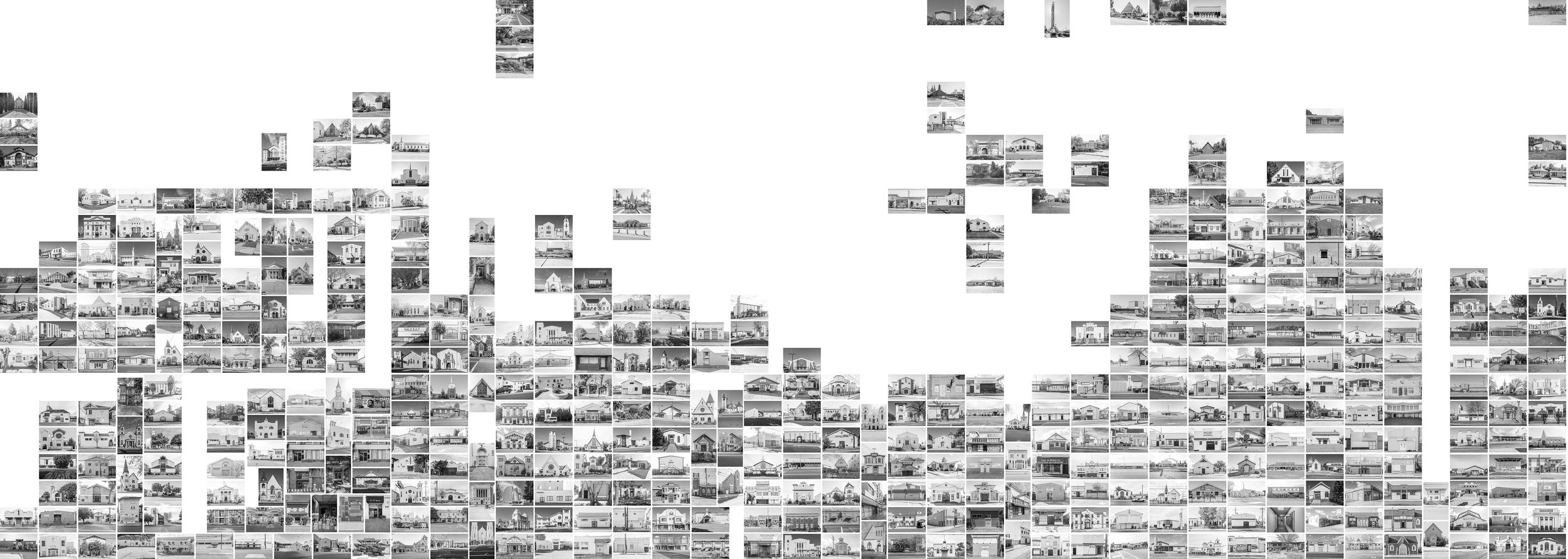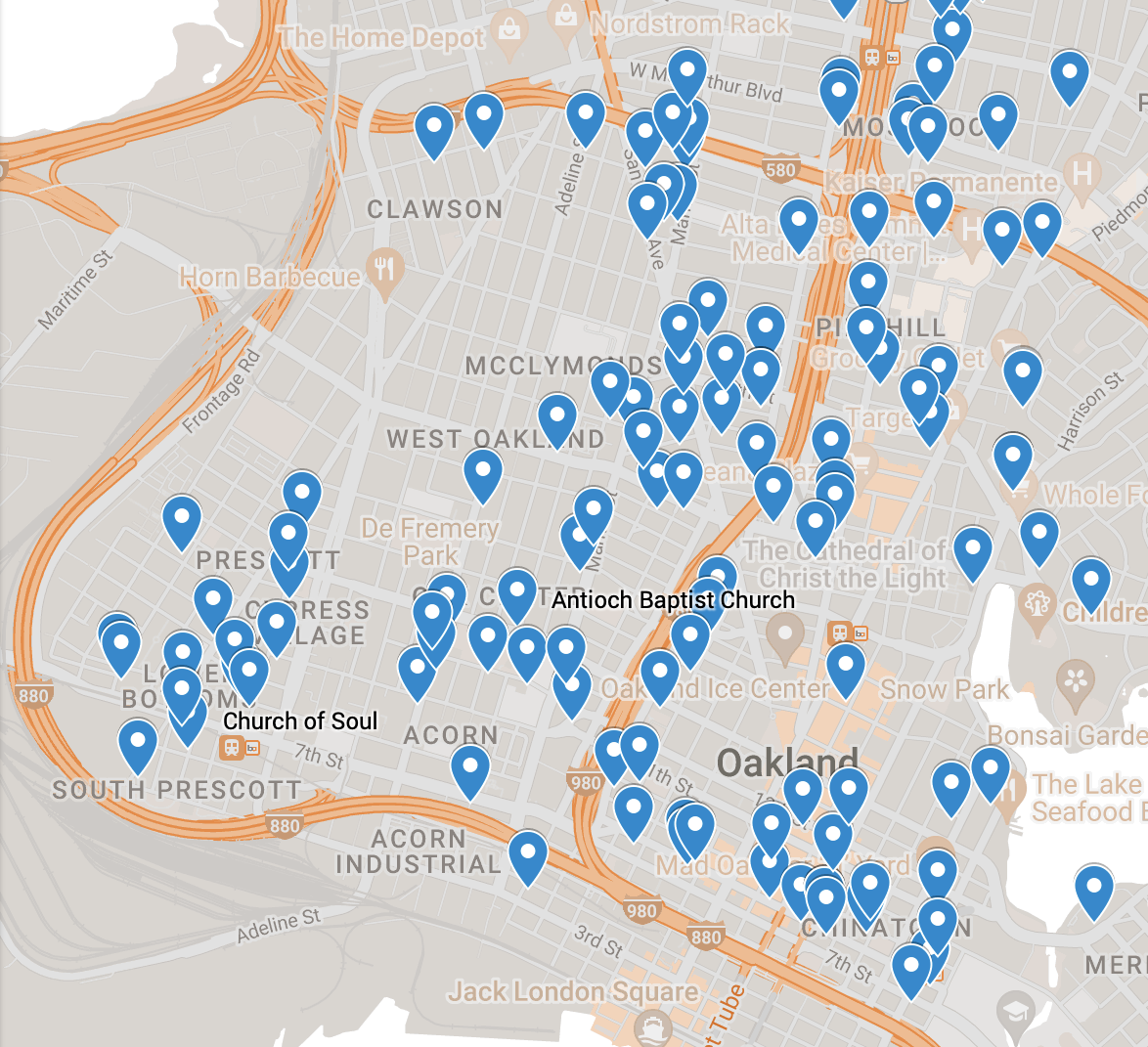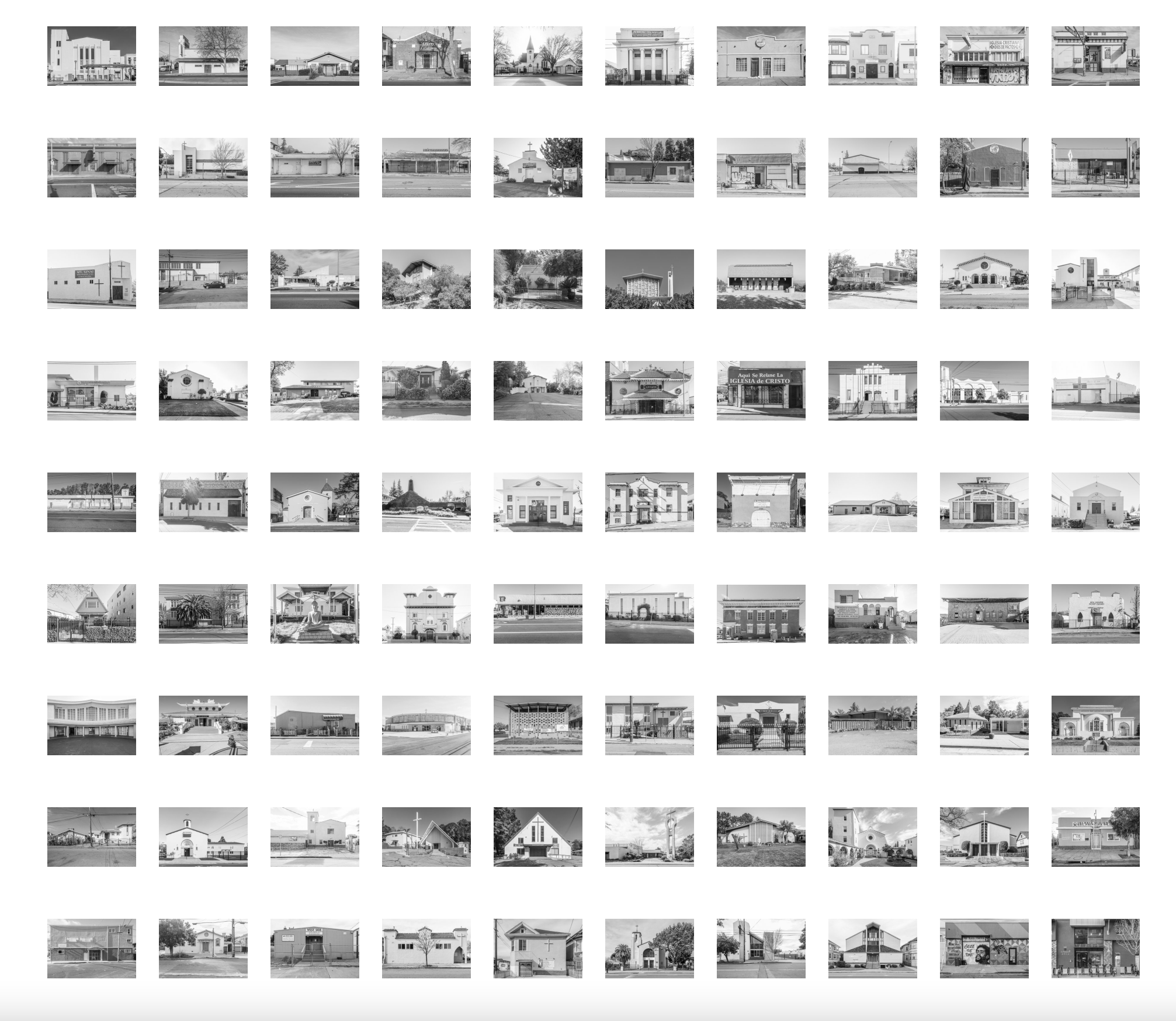Place of Worship
Shifting Landscapes of Faith in an American City
I moved to Oakland in 2006, brought here by unaffordable studio rents in San Francisco and a desire for more demographic diversity. Although not a regular church goer – I regard myself as a member of the fastest-growing denomination in the United States, “spiritual but not religious” – I was immediately struck by the number and variety of houses of worship in the city. The peaceful coexistence of so many different spiritual traditions inspired me; in Italy, where I spent much of my youth, such freedom is still elusive. Over the years, however, I began to notice how many of these religious places were closing. Iconic buildings were torn down and replaced by apartment complexes, clearly a more profitable proposition in a market-driven economy. For years I would drive by old churches and think that someone ought to document them before they disappeared. I eventually reached the conclusion that that ‘someone’ would have to be me.
Little did I realize how big a job I was undertaking. My first surprise was discovering that there was no inventory of Oakland religious buildings. After endless unsuccessful public records queries at city, county, state, and federal levels, I set out to build my own database of places of worship.
Then began the real task. For the next two years, I drove all over the city to find and photograph each location, often returning multiple times to ensure optimal visual conditions. Most of the buildings remained locked, opening only for a few hours per week. Some never re-opened at all following the COVID lockdown. One ‘For Sale’ sign after another appeared. Yet I also saw the appearance of colorful vinyl banners announcing the arrival of new religious communities, necessitating more photographic expeditions. At the end of the process I was left with this book, a visual compendium comprising over 460 individual locations.
The worship places depicted here range from big to small, rich to poor, ornate to plain. The spiritual traditions they represent range from orthodox to decidedly unorthodox. (The images include a “church of entheogenic plants”). But whatever their style or tradition, all express the beliefs and aspirations of specific people living in a particular time and place. At the same time, all express a continuing, shared human search for meaning.
I approached this project in as open and unbiased a way as possible. The use of black and white, the full frontal angles, and the absence of people and cars in the frame were all deliberate choices.
The project is intended not only as a visual record of Oakland’s spiritual past and present, but also as a catalyst for reflection about the city’s future. My hope is that it will also serve as a platform for discussion, inspiring broader conversations about the nature and meaning of spirituality.



